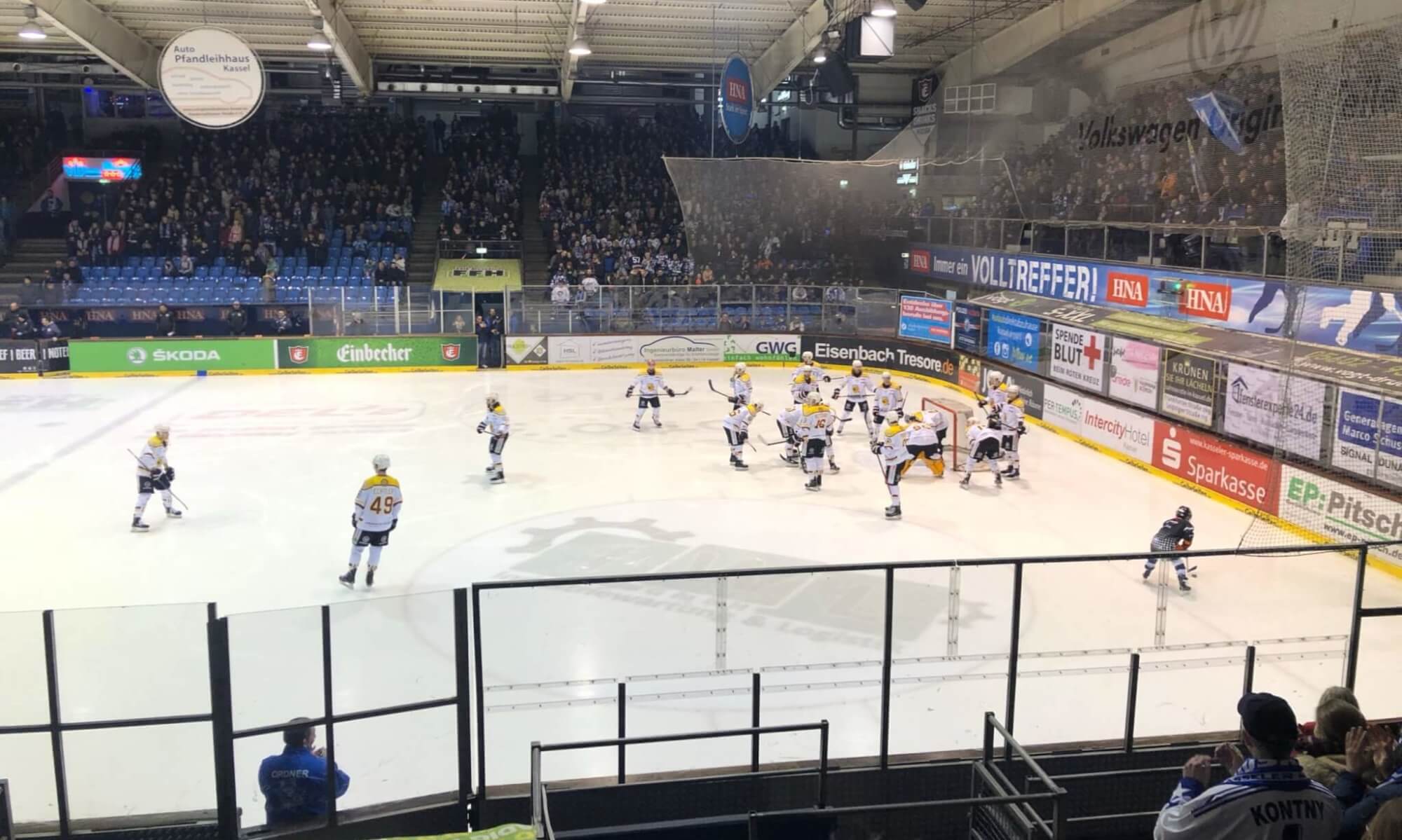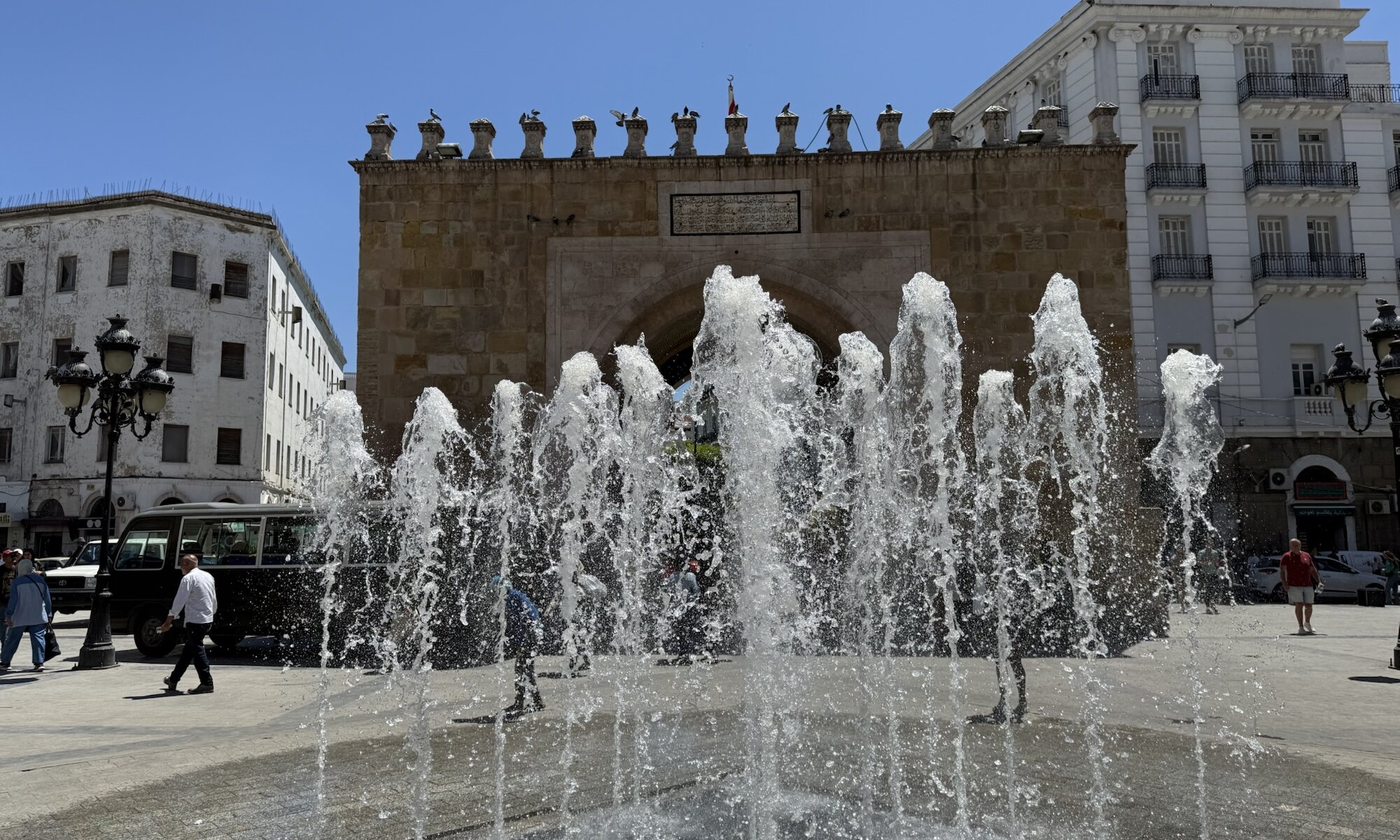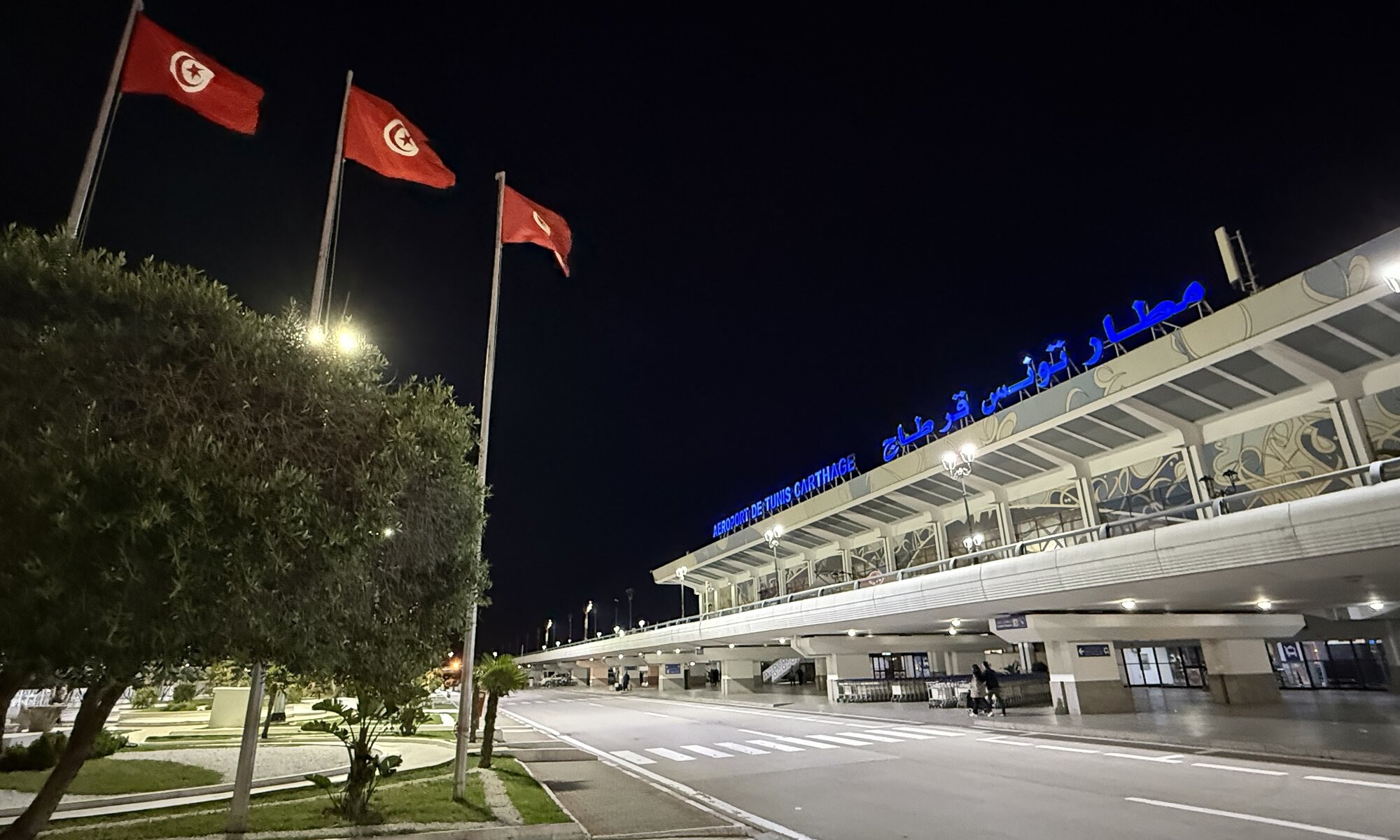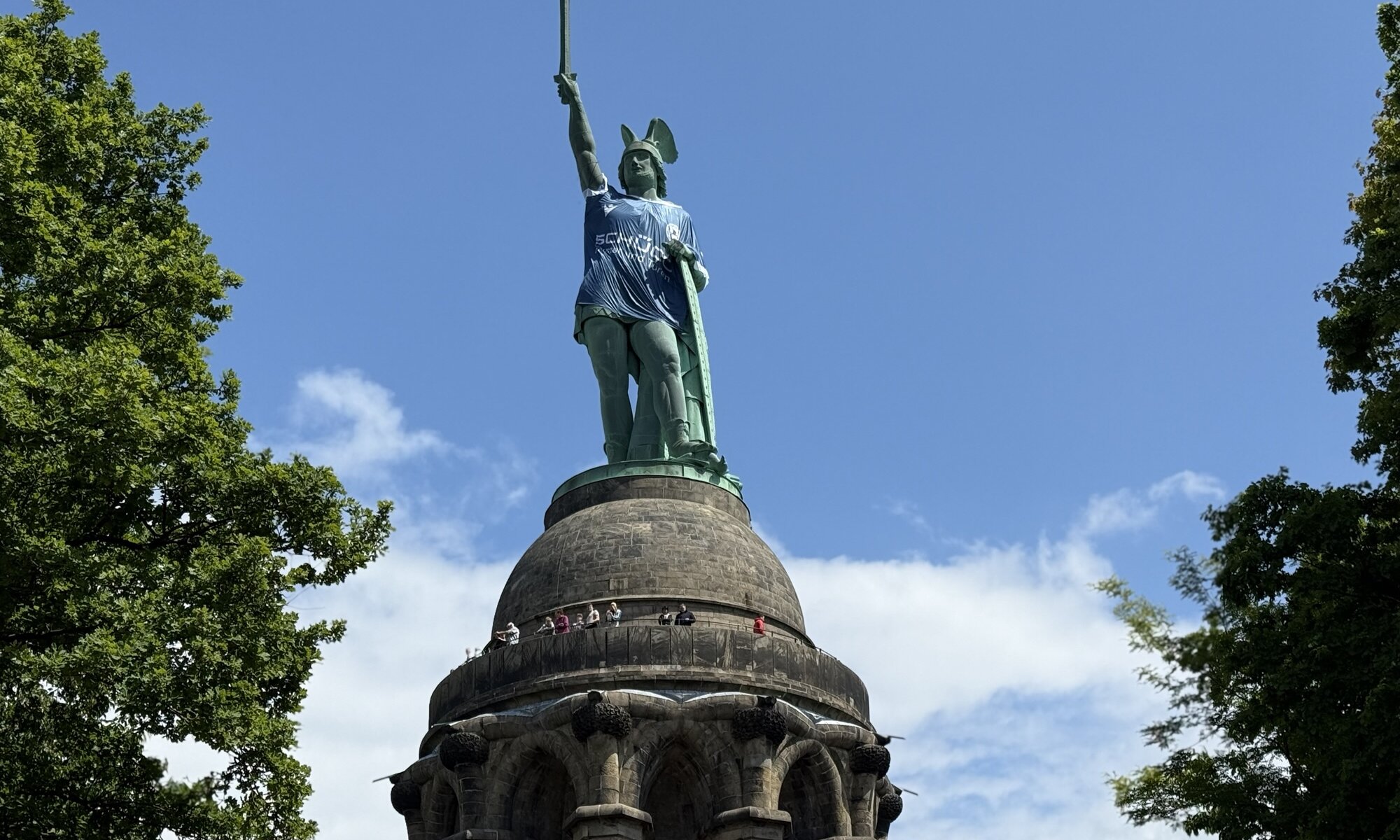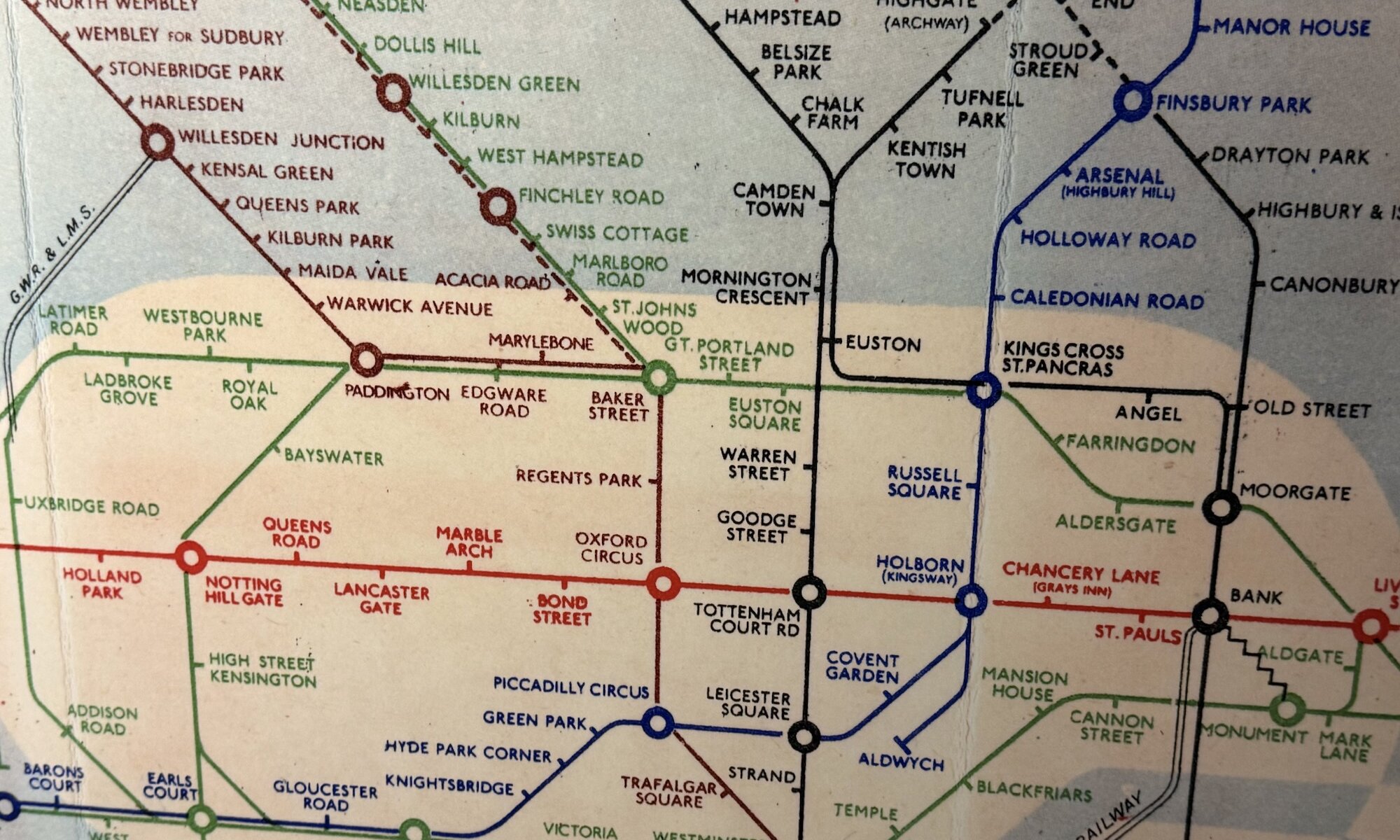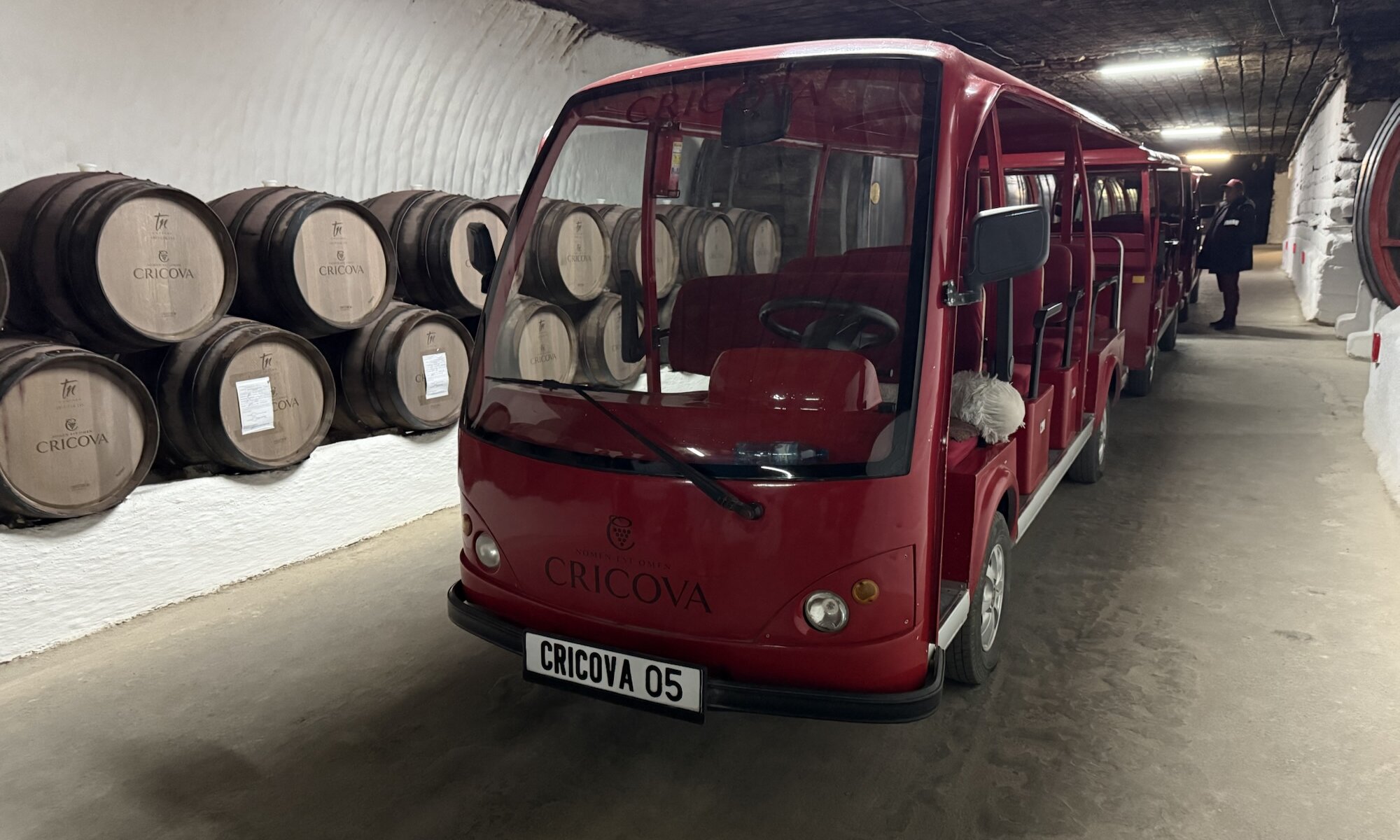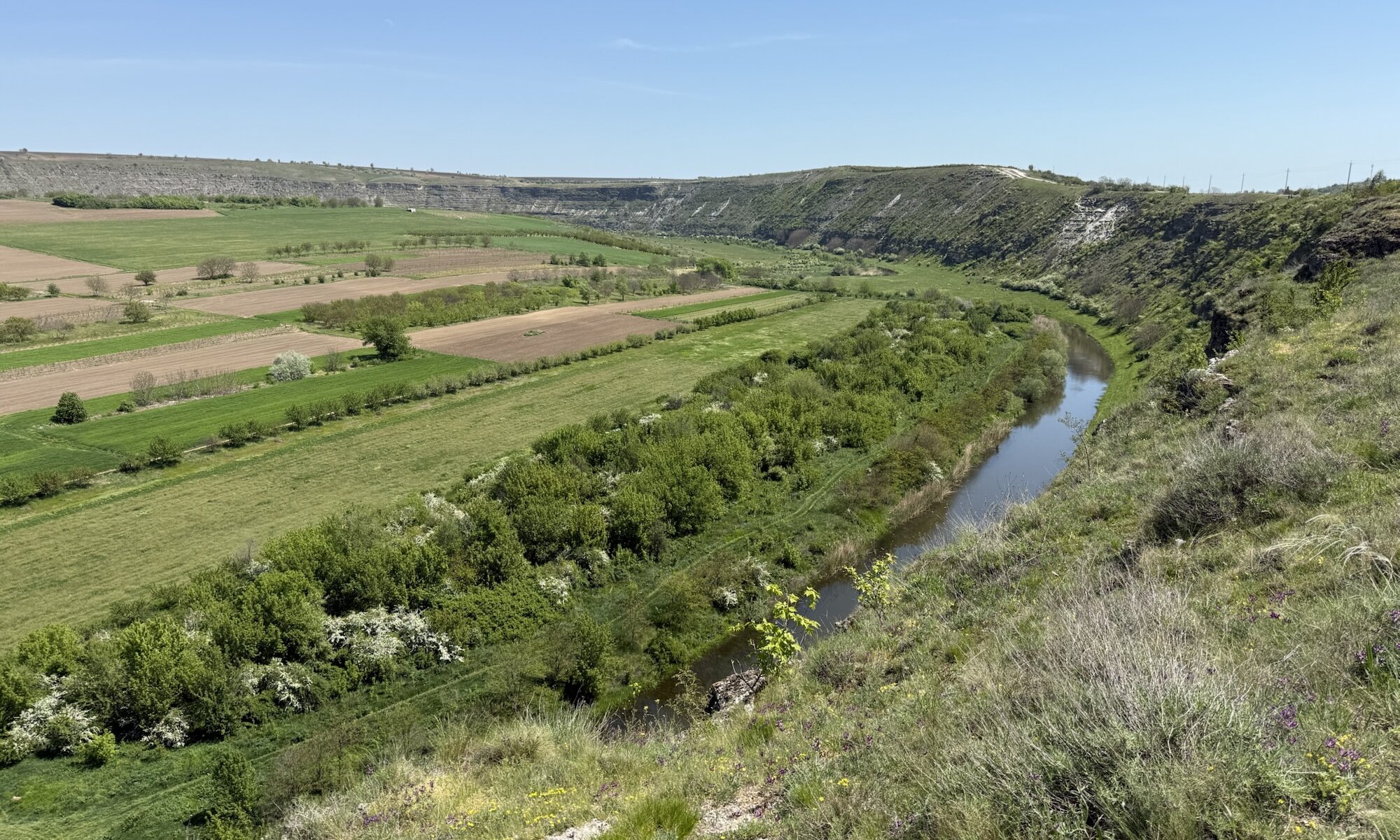The Medina of تونس is a remarkable historic quarter that dates back to the 7th century and flourished notably between the 12th and 16th centuries under the Almohad and Hafsid dynasties. This period marked Tunis as one of the wealthiest and most important cities in the Islamic world, reflected in the dense concentration of around 700 monuments including palaces, mosques, mausoleums, madrasas, and fountains. The Medina’s urban fabric beautifully showcases the interaction of architecture, culture, and socio-economic changes over centuries, making it a living museum of Arab-Muslim heritage.
Continue reading “Medina”Tunis-Carthage
The Aéroport International de Tunis-Carthage (TUN), serving the capital of Tunisia, is steeped in history that dates back to 1920 when the first seaplane base was established on the lake of تونس. The airport officially opened as an airfield in 1938, initially handling a modest number of passengers on the Paris–Tunis route. During World War II, it played a strategic role as a base for the United States Air Force during the Italian Campaign, serving as a hub for reconnaissance and transport missions. Post-war, the airport was developed further with French funding and became the main hub for Tunisair in 1948, connecting تونس with various Mediterranean and European destinations.
Continue reading “Tunis-Carthage”Alltagskultur
Visiting the Freilichtmuseum at Detmold is like stepping back in time to experience 500 years of Westphalian rural life. Spread across more than 90 hectares of picturesque landscape, the museum features over 100 original historical buildings that have been carefully relocated and reconstructed from various regions of Westphalia. As you wander through the grounds, you can explore authentic farmhouses, workshops, and village structures, all furnished true to their eras, giving a vivid impression of how people once lived and worked in this part of Germany.
Continue reading “Alltagskultur”Arminius
Hermann was a chieftain of the Cherusci tribe who famously led a coalition of Germanic tribes to victory against the Romans in the Battle of the Teutoburg Forest in 9 AD. The name ‘Hermann‘ was popularized in the 16th century as a translation of ‘Arminius‘, possibly first by Martin Luther, and means ‘man of war‘ in Old High German. Arminius had been trained by the Romans but turned against them, orchestrating one of Roma’s most devastating defeats.
Continue reading “Arminius”Baker Street station
Baker Street tube station is a landmark in the history of urban transportation, as it was part of the world’s first underground passenger railway. Construction of the station began in March 1860 using the ‘cut-and-cover’ method, which involved digging a trench along the street, laying the tracks, and then covering it over. Despite several accidents during construction, the work was completed by the end of 1862 at a cost of £1.3 million. The station officially opened to the public on 10th January 1863 as part of the Metropolitan Railway, which connected Paddington to Farringdon Street and aimed to alleviate the severe street congestion in Victorian London. The name also explains why in other cities subway systems are called ‘Metro’.
Continue reading “Baker Street station”Eternitate
The Eternitate Memorial Complex in Chișinău is a prominent monument dedicated to the Soviet soldiers who died during World War II, specifically in the second Jassy–Kishinev offensive. Inaugurated on May 9, 1975, to mark the 30th anniversary of the Soviet victory, the complex was designed by architect A. Minaev and sculptors A. Maiko and I. Poniatowski. It is located on P. Halippa street and serves as a central site for commemorations, with an honor guard from the Moldovan Army and regular wreath-laying ceremonies.
Continue reading “Eternitate”Cricova
Cricova Winery, located just north of Chișinău, is one of Moldova’s most renowned wine producers and a major tourist attraction, famous for its vast underground cellars that stretch over 120 kilometers beneath the surface. These tunnels, originally limestone mines, have been transformed since the 1950s into a subterranean ‘wine city’, complete with warehouses, tasting rooms, and even banquet halls, all kept at a constant temperature ideal for wine maturation. Visitors explore this underground labyrinth aboard electric busses, traveling through avenues named after the wines stored within, making the journey both practical and memorable.
Continue reading “Cricova”Orheiul vechi
Orheiul vechi is a remarkable historical and archaeological complex in Moldova, situated on a limestone bend of the river Răut. Its history spans multiple epochs, from Paleolithic and Eneolithic cultures to the Geto-Dacian fortress (6th–1st centuries BC), and later the 14th-century Golden Horde town Shehr al-Jedid. The site was a significant medieval Moldavian town until its decline in the 16th century when its fortifications were destroyed under Ottoman influence. Today, Orheiul vechi is recognized for its rich cultural layers and is on the UNESCO World Heritage tentative list due to its unique blend of natural landscape and archaeological significance.
Continue reading “Orheiul vechi”Mănăstirea Curchi
Curchi monastery, located near the village of Curchi in Orhei district, is one of Moldova’s most beautiful and significant Orthodox monastic complexes. Set in the picturesque Vatici valley and surrounded by forests and orchards, the monastery is renowned for its peaceful atmosphere and striking architecture, making it a popular destination for both pilgrims and tourists. The ensemble includes five churches, monastic cells, administrative buildings, and a bell tower, all harmoniously integrated into the lush landscape.
Continue reading “Mănăstirea Curchi”Cetatea Tighina
The fortress of Bender, also known as Tighina fortress (or Cetatea Tighina), stands as a remarkable example of military architecture on the right bank of the river Dniester in Bender, Moldova. Its origins trace back to the 15th century, with early fortifications likely made from earth and wood, later rebuilt in stone by the Ottomans after they conquered the area in 1538 under Sultan Süleyman the Magnificent. The renowned architect Sinan redesigned and expanded the fortress, transforming it into a formidable stronghold with bastions, towers, and deep defensive ditches, making it a key military outpost for the Ottoman empire and a frequent target for Moldavian, Russian, and Swedish forces throughout history.
Continue reading “Cetatea Tighina”